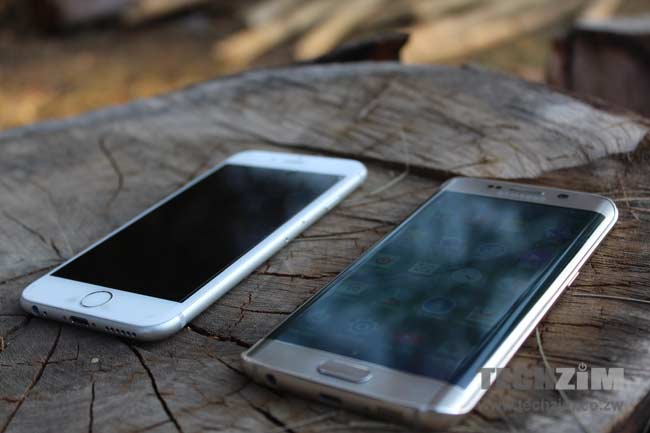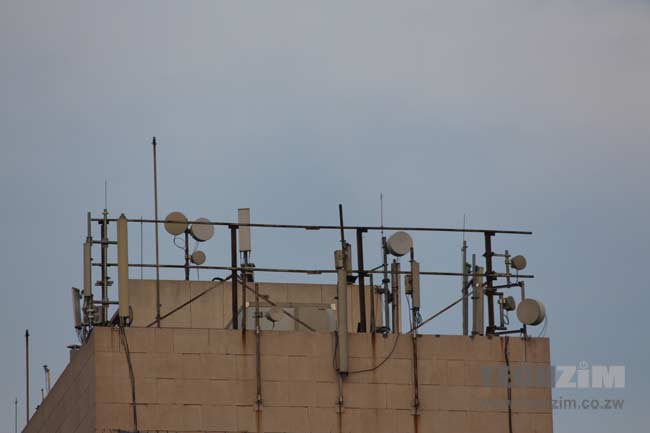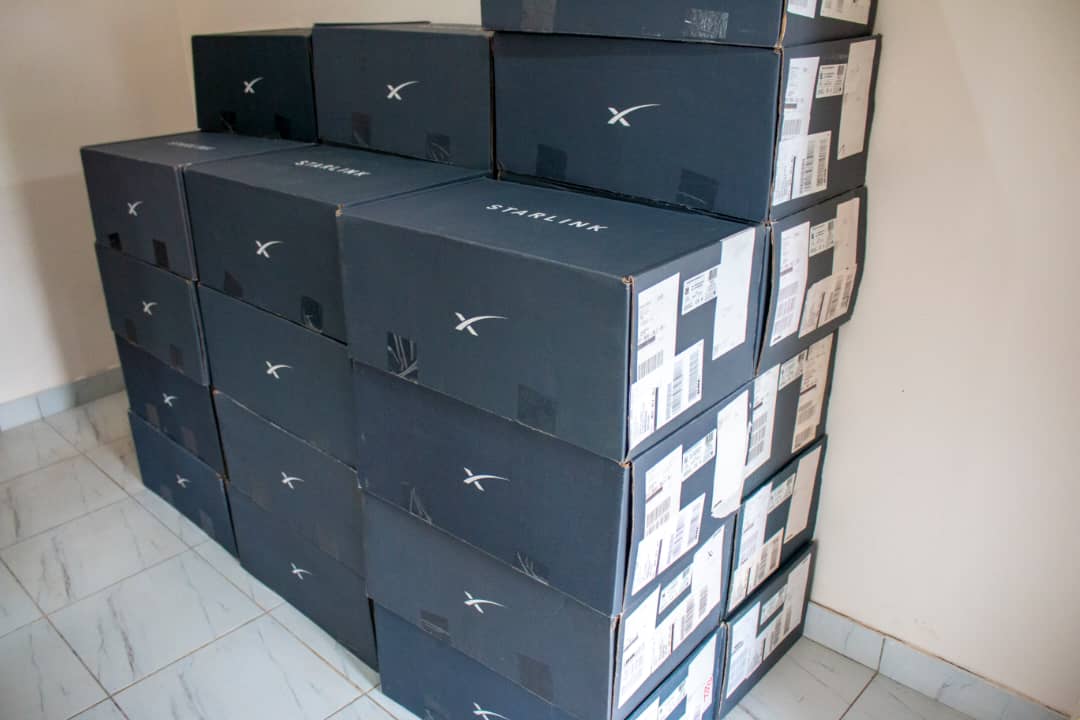Telecoms operators are experiencing a growth in subscriber numbers, but the same subscribers aren’t spending as much. That’s one way of looking at the statistics provided in the latest (Second Quarter of 2015) sector performance report from post and telecoms regulator, POTRAZ.
Mobile telecoms gain subscribers, but revenues decline

In mobile telecoms, the active mobile subscriptions increased by 0.8% over the second quarter of 2015 to register a total of 11,949,791 active subscriptions.
NetOne experienced the largest increase (6.6%) in subscribers during that period, moving from 3,170 million subscribers to 3,380,407 subscribers. It’s the only operator to experience an increase in mobile subscriber market share, having moved from 26.7% to 28.3% of the market total.
Econet held its position as the operator with the largest market share of 55.5% and the biggest subscriber total of 6,633,260 active subscribers, a number which represented a 0.2% increase.
Telecel, on the other hand, experienced a 6.4% loss in subscribers during the period, and at the end of the second quarter of 2015 had 1, 936,124 active subscribers. It held 16.2 % of the mobile subscriber market in the quarter, dropping from a 17.5% hold.
$183,164,014 in revenue was realised by all three operators in the second quarter, and this represented a 2.9% decline from $188,546,864 recorded in the previous quarter. This has been linked to dropped voice revenue which is being affected by alternatives to communication in the form of OTT services such as WhatsApp.
It’s not all because of WhatsApp though. Lower revenues against a growing subscriber total also show limited spending by subscribers, which can also be attributed to our economy.
Zimbabwe’s mobile penetration rate at the end of the second quarter of 2015 stood at 91.5% having gone up by 0.7% in the previous quarter.
Mobile network voice traffic decreased by 0.7% 1,160,158,221 minutes recorded in the second quarter of the year from a 1,168,516,173 minutes total from the first three months of 2015.
Mobile to fixed as well as net on net voice traffic declined by 1.1% and 1.5% respectively. the biggest change was noted in incoming international traffic which fell by 10.8%, a change that POTRAZ has rightfully linked to alternatives for international voice communication in the form of VoIP services such as Skype and Viber.
In terms of mobile voice traffic market share, Econet holds the largest piece with 56.6%, up from 54.2%. Telecel’s share has decreased from 13.7% to 13.3%.
Interestingly NetOne’s share of voice traffic also declined, moving from 32.1% to 30.1%. Considering its increasing subscriber numbers, a falling share in voice traffic suggests a very weak performance in voice services from the operator. When that is paired with its humble share of mobile money market, it would suggest that NetOne is attracting new subscribers for its data services.
Mobile money services experience consistent growth
6,23 million mobile money subscribers were recorded in the second quarter which was a 7.7% increase from the 5,78 million figure from the previous period. this was complemented by a 9.6% increase in agents who totaled 27,862 at the end of the period. Mobile money deposits stood at $512,036,783 which was a 25.8% increase from the previous quarter.
While other metrics in telecoms such as subscriber totals and active subscriptions have fluctuated over the past year, mobile money subscriber numbers have been experiencing a consistent upward trend in every consecutive quarter, having grown from a total of 4,223,485 subscribers in the second quarter of 2014 to the 6,2 million in 2015.
Econet’s EcoCash has a 75.2% share of mobile money subscribers, followed by Telecel’s 14.2% and NetOne’s 10.6%
Data and internet services are on the rise
Internet subscriptions for the second quarter came to 5,815,518 which was a 0.6% increase from the previous quarter. 5,648,922 of these subscriptions were for EDGE, GPRS, 2G, 3G and HSDP technologies.
The second highest number of connections was recorded through CDMA technology which had 84,828 connections, followed by xDSL(incorporating ADSL from TelOne) with 57,201 connections. 4,482 connections were recorded for fibre links, and 474 connections for LTE, a number set to improve significantly in future reports because of an active LTE campaign from NetOne and Econet.
Zimbabwe’s internet penetration rate at the end of June 2015 stood at 44.5%, signifying a slight increase from the 44.3% from the previous quarter though ist 2.5% lower than the internet penetration rate recorded during the same period last year.
Internet bandwidth capacity has increased by 13.2% from 26,950 Mbps to 30,520Mbps.
IAPs and fixed telecoms’ investments increase

$6,853,320 was invested in fixed telecoms, which was an 119.3% increase from the investment in the first quarter of 2015. However, revenues for fixed telecoms fell by 14.6% in the same period reaching a total of $30,533,976 from the previous $35,633,976.
Internet Access Providers’ (IAPs) revenues increased by 0.8% to generate $33,9 million in the second quarter, while their investments also increased by 85.9% to a total of $15,310,970.
You can access the full report by following this link to the POTRAZ website














Comments
5 responses
These are just meaningless numbers which amounts to nothing. They do not drive any policy formulation or give an insight to future of telco business.
You cannot rely on Potraz because it part of a system which is working very hard to scare away investors.
Take it this way, lets say l get impressed by the number growth of Netone, will l buy shares from NetOne as a investment strategy? Definately NO.
Who knows, maybe that profit Netone makes might end up being diverted to buy locomotives for NRZ and l get zero return on my investment.
Do you realize that this report is the same as the one published in the first quarter?
@Charlene sorry for that mix-up and thanks for pointing it out. We’d put the wrong link there. It’s since been rectified.
This is the correct link for the report …. http://www.potraz.gov.zw/images/documents/Sector_Perfomance_Report_2nd_Quarter_2015.pdf
@Peter Bell thanks for sharing the correct link.